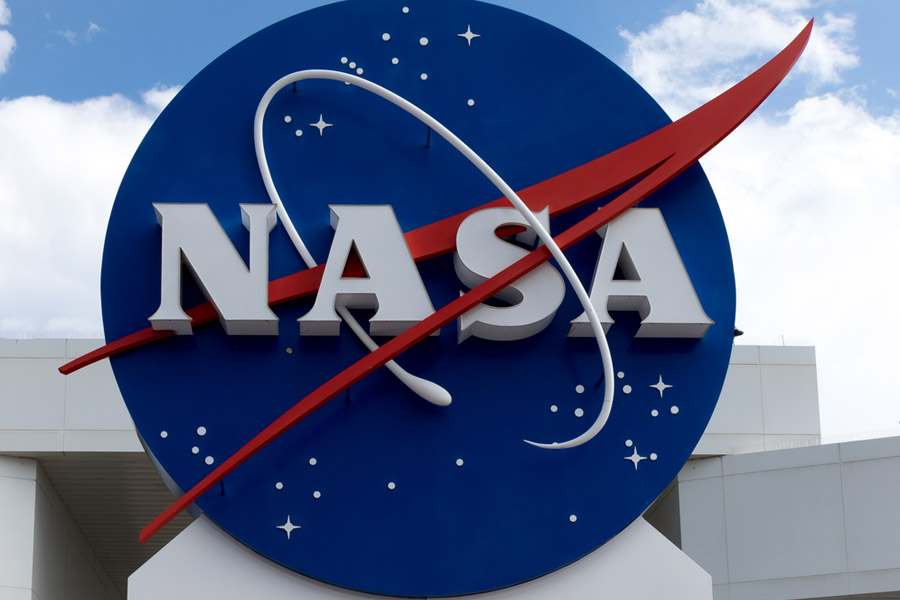Much like the planet’s terrestrial and aquatic resources, outer space has long been an increasingly contested sphere. The rush to reach the moon in the 1960s spurred the establishment of the Outer Space Treaty, which prohibited the use of nuclear weapons in space and disallowed exclusive colonisation of any portion of a celestial body. But technological advancements have left much of that treaty outdated: it fails to define how lunar resources should be extracted, and who would have ownership over such resources. The Artemis Accords, first promulgated in 2020 by Nasa, the space agency of the United States of America, attempted to plug the breaches. Associated with Nasa’s Artemis programme — it hopes to take humans back to the moon in 2025 — it is a non-binding set of principles wherein the signatories promise to share scientific data with each other and maintain interoperability standards in space exploration infrastructure. Most importantly, it concretises the definition of space resources and how they are to be extracted and utilised.
India is the latest entrant into the Artemis club, with the recent State visit of the prime minister, Narendra Modi, to the United States of America confirming India’s participation. With India’s space research agency, Isro, focusing on the Chandrayaan-3 and Gaganyaan programmes — the latter will be India’s first indigenous manned mission to space — India’s participation in multi-national collaborative efforts had taken a back seat. However, with the earth imaging satellite system, Nasa-Isro synthetic aperture radar, approaching its launch date, and India’s new space policy allowing a larger role for the private sector, including US-based companies, it makes sense for Isro and Nasa to pool their resources in a race to the moon. The challenges for India, now that it is part of this US-led club, will be both financial and geopolitical. Isro’s efficiency in churning out low-budget unmanned missions to the moon and Mars is well-known but it cannot compete with the financial muscle and manpower that China and the US can devote to their space programmes. The fact that both countries have their sovereign global navigation systems is a testament to their established strengths in space exploration. India’s interests in space should mirror its geopolitical interests. But it must not be an advocate of a conflictual approach. Instead, New Delhi’s focus should be on using space research to forge new strategic ties, such as those with the Quad, while promoting peace among the stakeholders.











